For a young and curious music lover like you, flamenco is a fascinating journey into Spain’s cultural richness. This musical genre, full of emotion and expressiveness, has captured hearts worldwide. In this article, we will explore the secrets of flamenco, from its origins to why UNESCO considers it Intangible Cultural Heritage of Humanity. Flamenco has its own celebration day: November 16th. Known as World Flamenco Day, it pays homage to this art that transcends borders and has left an indelible mark on musical history. It’s an opportunity to delve into the essence of this genre, enjoy live performances, and deepen your understanding of its fascinating legacy.
UNESCO: Recognizing Cultural Importance
In 2010, UNESCO declared flamenco as Intangible Cultural Heritage of Humanity. Why? Because flamenco is more than just music and dance; it’s an artistic expression rooted in the identity of the gypsy community in Andalusia, Spain. Its recognition as intangible heritage highlights its importance as a way to transmit traditions, values, and emotions from generation to generation.
The Birth of Flamenco and Its Mysterious Origins
The origin of flamenco dates back to the 18th century in the region of Andalusia, Spain, where various cultures converged to shape this passionate art. With influences from gypsy, Arab, Jewish, and Spanish culture, flamenco emerged as a unique artistic expression reflecting intense emotions of life. It originated in marginal environments and festivals, evolving through oral transmission and improvisation. Over time, “palos” or styles were structured, such as soleá and bulería. This rich cultural fusion and oral tradition have been fundamental in shaping flamenco as a distinctive musical genre.
Varieties and Styles: The Diversity of Flamenco
Flamenco is a rich and diverse musical genre, and its different styles are known as “palos.” Although the exact classification of palos may vary according to sources and regions, there are about fifty recognized palos in flamenco. Each palo has its own rhythm, melodic structure, and associated emotions. Here are some of the standout palos, though there are many more:
- Soleá: One of the oldest and most representative palos, with a slow and solemn rhythm, often expressing sadness and melancholy.
- Bulería: In contrast to soleá, bulería is fast and energetic, challenging for both singers and dancers.
- Alegrías: With a livelier rhythm, alegrías convey joy and vitality, often associated with celebration.
- Fandango: This palo has various forms and variants, generally lighter and more cheerful, with lyrics often addressing love themes.
- Taranta: A more serious and solemn palo with a slow rhythm, taranta’s lyrics often address deep and emotional themes.
- Seguiriya: One of the most intense and dramatic palos, characterized by slow rhythm and deep, emotional lyrics.
- Tientos: Related to soleá, tiento has a slower rhythm with lyrics often exploring themes of love and heartbreak.
- Rondeña: Originating from Ronda, Andalusia, rondeña is a melodic and nostalgic palo with a moderate rhythm.
- Guajira: With Cuban influences, guajira is a lighter palo often with lyrics about nature and everyday life.
- Martinete: One of the most primitive palos, with a slow rhythm and solemn lyrics.
Outstanding Singers of the 20th Century: Unforgettable Voices
The 20th century witnessed extraordinary flamenco singers who left an indelible mark on its history. Among them, the unparalleled Camarón de la Isla, whose unique voice and revolutionary reinterpretation elevated flamenco to its own category. His collaboration with virtuoso guitarist Paco de Lucía resulted in iconic albums like “La Leyenda del Tiempo,” transcending borders and musical genres.
Another icon of flamenco singing in the 20th century was Enrique Morente, who challenged conventions and explored new artistic directions. His experimentation and fusion of contemporary styles with traditional flamenco make him a key figure in the genre’s evolution.
Lola Flores, known as “La Faraona,” stood out for her powerful voice and stage charisma. Her passionate interpretation and influence in music and cinema make her an emblematic figure of the era.
These singers, among others, contributed to the expansion and renewal of flamenco, taking this art to new heights of global recognition and appreciation during the 20th century. Their legacy endures, inspiring future generations and solidifying flamenco as an invaluable cultural heritage.
Musical Influences on Flamenco: A Mosaic of Sounds
Flamenco is not static; it evolves and draws from various musical influences. Throughout its evolution, it has absorbed and merged various musical influences, enriching its sound and style. These influences come from different cultures and musical genres, creating a unique and distinctive musical mosaic. Here are some of the standout musical influences that have contributed to the development of flamenco:
- Arabic Music: The centuries-long Muslim presence in the Iberian Peninsula left a significant mark on flamenco music. Elements such as melodic scales, rhythmic patterns, and vocal ornaments can be traced back to Arabic music, contributing to the complexity and richness of flamenco.
- Gypsy Music: Gypsy culture, with its rich musical tradition, has had a fundamental influence on flamenco. From rhythms to vocal expression and melodic patterns, gypsy music has left an indelible mark on the distinctive character of flamenco.
- Jewish and Sephardic Music: The influence of Jewish music, especially Sephardic music, can also be found in flamenco. Scales and melancholic harmonic progressions reflect cultural interaction in the region.
- Spanish Classical Music: Spanish classical music, including the works of composers like Isaac Albéniz and Enrique Granados, has influenced flamenco guitar and the musical structure of flamenco. The fusion of classical elements with flamenco expressiveness has resulted in a unique and passionate style.
- Jazz and Blues: Throughout the 20th century, flamenco has experimented with influences from jazz and blues. Improvisation, expressive freedom, and the fusion of different styles have led to innovative collaborations and an openness to new forms of expression.
- Latin and Afro-Cuban Music: In some flamenco palos, such as guajira, influences from Latin and Afro-Cuban music can be perceived. Rhythms and melodic sensibilities from these traditions have left their mark on certain aspects of flamenco.
- Spanish Folk Music: Spanish folk music, with its regional dances and popular songs, has also influenced the development of flamenco. The fusion of regional elements with the unique expressiveness of flamenco has created a unique blend of styles and genres.
Outstanding Bailaores: The Art of Flamenco Dance
Outstanding flamenco dancers have left an indelible mark on the art of dance. Sara Baras, renowned for her virtuoso technique and passion, has taken flamenco dance to international stages. Joaquín Cortés, with his innovative style, has fused flamenco with contemporary influences, achieving worldwide acclaim. The genius of Antonio Gades, remembered for his impactful choreographies, has transcended generations. Additionally, Matilde Coral and Manuela Carrasco have contributed to preserving the flamenco tradition with their mastery and elegance. Through their skill and expressiveness, these dancers have solidified flamenco as a visually captivating and emotionally impactful art.
Recurring Themes: Love, Pain, and Freedom
Flamenco is a channel for expressing the most intense human emotions. Its lyrics often explore themes of passionate love, deep pain, and the relentless pursuit of freedom. Each “cante” is a window into universal experiences that resonate in the hearts of those who listen.
Flamenco Festivals: Where Magic Happens Live
Flamenco festivals are vibrant and passionate events that celebrate the richness of flamenco art, attracting artists and music lovers from around the world. These festivals are opportunities to immerse yourself in the intensity and magic of flamenco, enjoying live performances, workshops, lectures, and cultural experiences. Here is information about some of the most prominent flamenco festivals:
- Seville Flamenco Biennial: held in the city of Seville, Spain, the Flamenco Biennial is one of the most important and recognized festivals worldwide. It takes place every two years and attracts renowned artists and flamenco enthusiasts from around the globe. It offers a wide variety of events, from performances in iconic theatres to intimate sessions in historic courtyards.
- Jerez Festival: located in the city of Jerez de la Frontera, this festival is known for its focus on flamenco dance. It offers dance shows, concerts, masterclasses, and lectures. Additionally, Jerez is famous as the birthplace of sherry wine, and visitors can enjoy the fusion of flamenco culture and winemaking tradition.
- April Fair (Seville): although not exclusively a flamenco festival, the April Fair in Seville is a must-attend event for flamenco lovers. During the fair, the “casetas” (small fair houses) offer live flamenco performances, creating a unique festive atmosphere.
- Mont de Marsan Flamenco Festival (France): this festival, located in France, is one of the prominent flamenco events outside of Spain. It attracts renowned artists and offers a unique experience for those wishing to explore the diversity of flamenco in an international context.
- International Cante de las Minas Festival (La Unión, Murcia): This festival, held in La Union, Murcia, highlights flamenco singing. It is known for its cante competition, where emerging and established artists compete for the prestigious “Lámpara Minera” award.
- Suma Flamenca (Madrid): this festival takes place in the capital of Spain, Madrid, and stands out for its varied program including concerts, dance performances, films, and more. It offers a comprehensive experience for those wanting to immerse themselves in the richness of flamenco.
- Nîmes Flamenco Festival (France): located in the French city of Nîmes, this festival attracts top-tier artists and offers a combination of performances on traditional and contemporary stages.
Common Instruments: The Guitar and Beyond
The flamenco guitar is the soul of flamenco, but other instruments like the cajón and palmas also play a crucial role in creating the characteristic sound. The collaboration between these elements creates the complex symphony that defines flamenco.
Fascinating Curiosities and Details
Did you know that the bulería, one of the fastest and most challenging “palos,” is often used as a test of skill for artists? Additionally, “taconeo,” known as zapateado, is a fundamental skill in flamenco dance, adding a unique percussive element to the performance.
In summary, flamenco is more than music and dance; it is a living testament to the cultural richness and diversity of Spain. From its mysterious origins to the UNESCO declaration as Intangible Cultural Heritage of Humanity, flamenco has left an indelible mark on the world stage. Exploring its varieties, learning about its outstanding artists, and immersing yourself in the intensity of its recurring themes is an unforgettable journey that promises to capture your heart and soul. So, get ready to be swept away by the passion of flamenco!
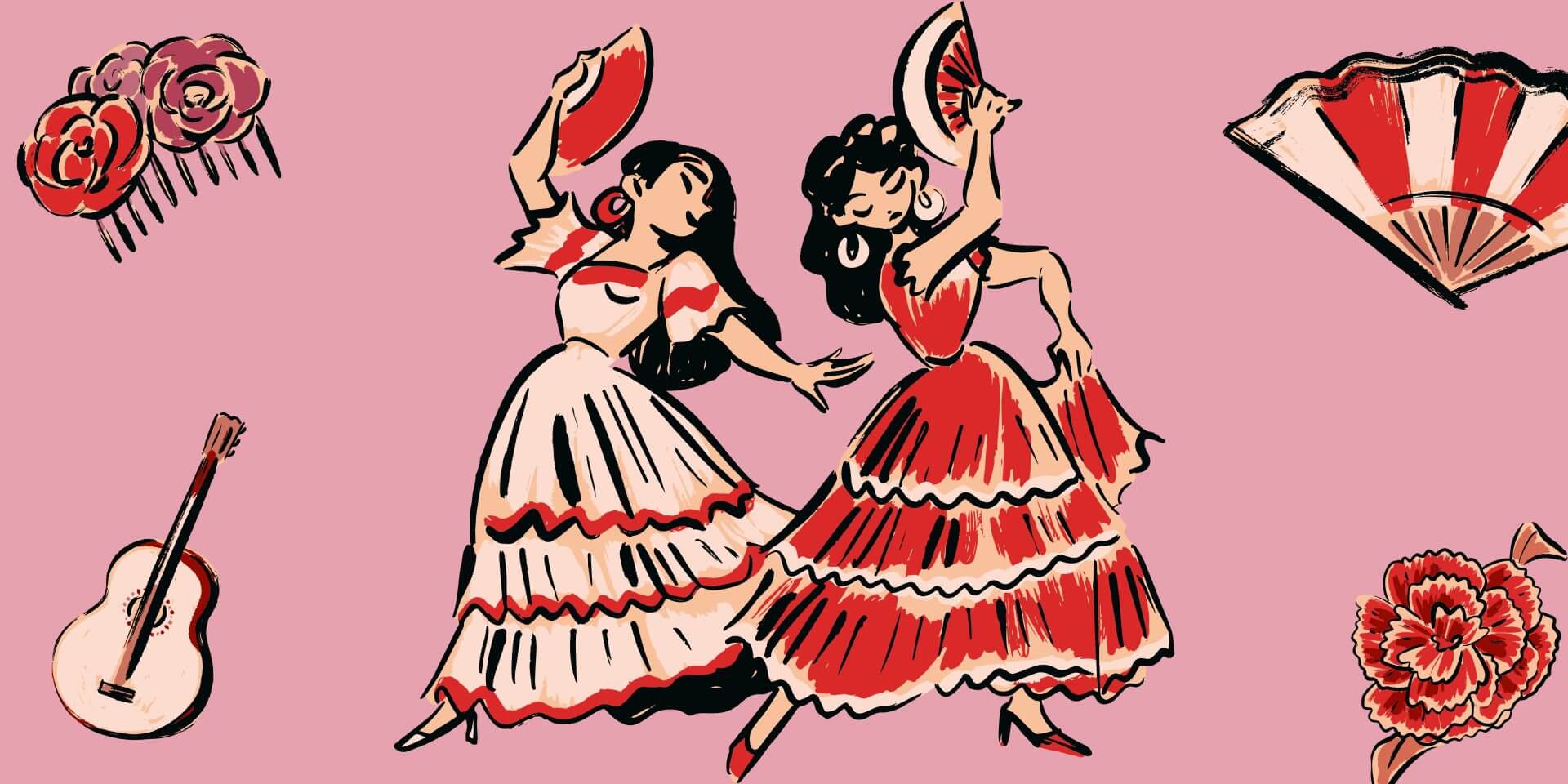
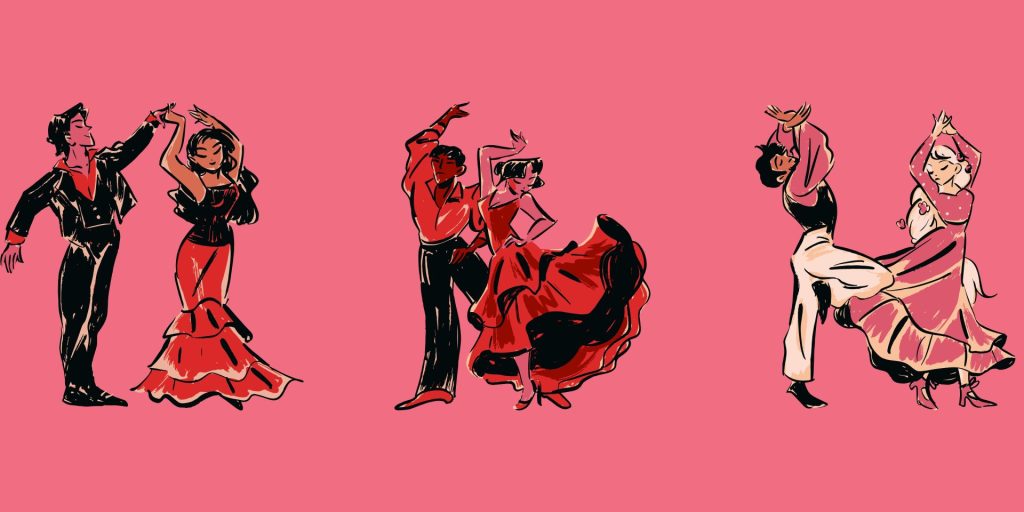
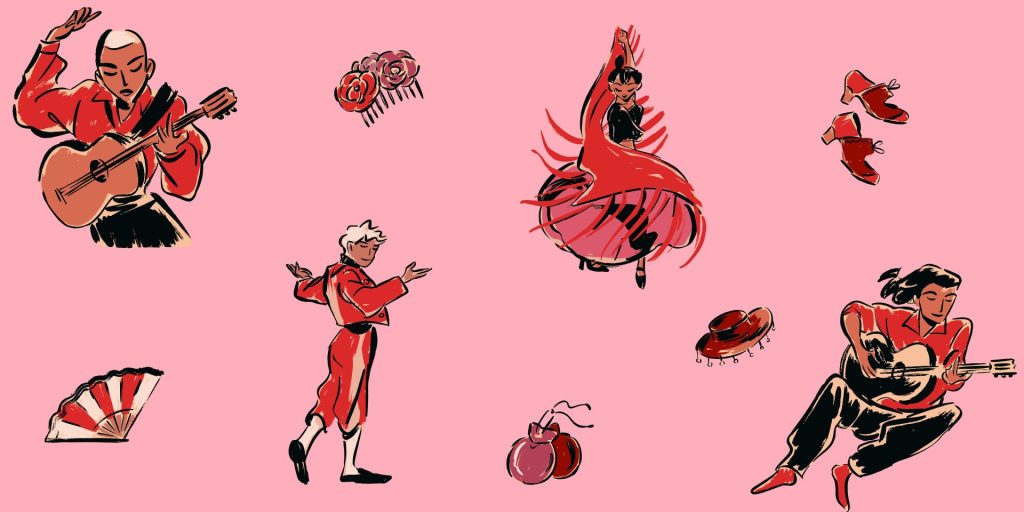

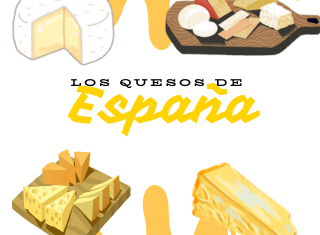
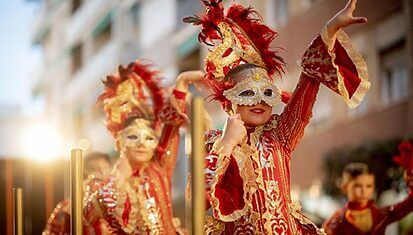
There are no comments on World Flamenco Day: celebrating the passion of sound